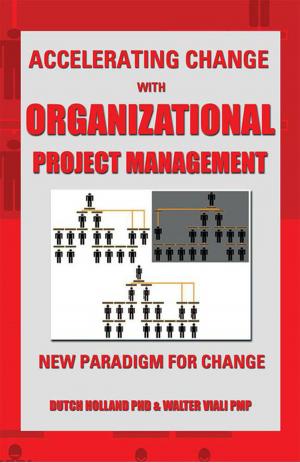Neighborliness
Redefining Communities at the Frontier of Dialogue in Southern Philippines.
Nonfiction, Reference & Language, Reference, Research| Author: | Erdman Pandero | ISBN: | 9781543463569 |
| Publisher: | Xlibris US | Publication: | December 8, 2017 |
| Imprint: | Xlibris US | Language: | English |
| Author: | Erdman Pandero |
| ISBN: | 9781543463569 |
| Publisher: | Xlibris US |
| Publication: | December 8, 2017 |
| Imprint: | Xlibris US |
| Language: | English |
The communities in the Southern Philippines are wounded and scarred by the never-ending atrocities between the Philippine Government and Muslim rebel groups who are fighting for their land, their identity and their autonomy. The neighborhood communities between Muslims and Christians are the most affected in the atrocities. It affects the way they live, move and act as neighbors to one another. The neighborliness in the region changes as the landscape of the political and social arena changes. Thus, it is but proper that the healing and reconciliation begins in the same scarred and wounded neighborhoods. This study identifies three narratives of neighborliness in the region; (1) the intentional communities established during the American regime, (2) the neighborliness introduced by the Bishops and the Ulama in response to the document Nostra Aetate, and (3) the proposed neighborliness anchored in the document A Common Word Between Us and You. The Basic Ecclesial Communities and the Ummah are the communities at the frontier of this new neighborliness. These are the communities who are challenged to live the spirituality of reconciliation as they live this new neighborliness.
The communities in the Southern Philippines are wounded and scarred by the never-ending atrocities between the Philippine Government and Muslim rebel groups who are fighting for their land, their identity and their autonomy. The neighborhood communities between Muslims and Christians are the most affected in the atrocities. It affects the way they live, move and act as neighbors to one another. The neighborliness in the region changes as the landscape of the political and social arena changes. Thus, it is but proper that the healing and reconciliation begins in the same scarred and wounded neighborhoods. This study identifies three narratives of neighborliness in the region; (1) the intentional communities established during the American regime, (2) the neighborliness introduced by the Bishops and the Ulama in response to the document Nostra Aetate, and (3) the proposed neighborliness anchored in the document A Common Word Between Us and You. The Basic Ecclesial Communities and the Ummah are the communities at the frontier of this new neighborliness. These are the communities who are challenged to live the spirituality of reconciliation as they live this new neighborliness.















